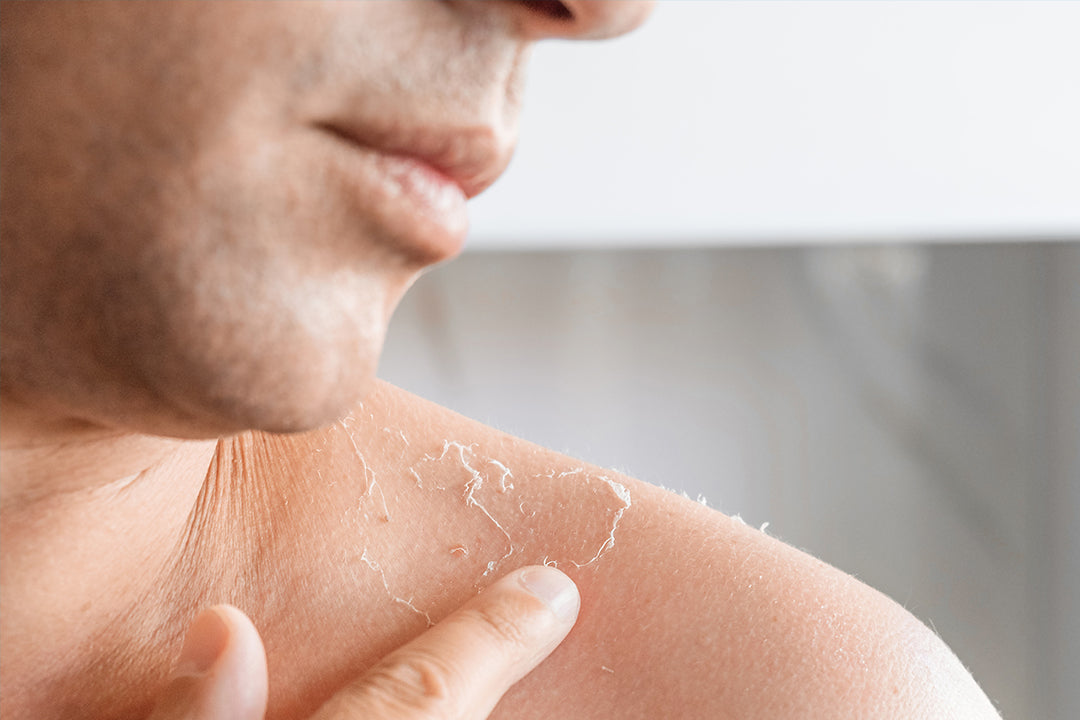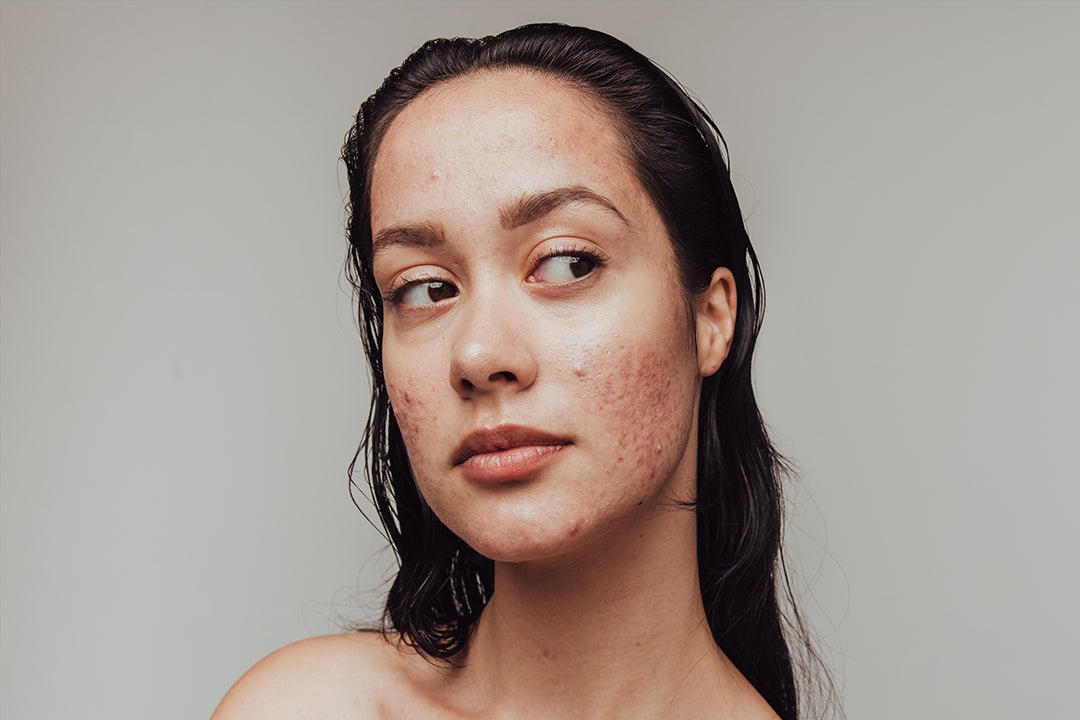Have you ever noticed white spots on your skin and wondered what could be causing them? White spots on the skin can be a common occurrence and can occur due to various reasons. In this blog post, we will explore the possible causes of white spots on the skin and discuss treatment options.
Causes of White Spots on the Skin
White spots on the skin can appear when protein and dead cells become trapped under the surface or when there is a loss of pigmentation. Some common conditions that can lead to white spots on the skin include:
- Vitiligo
- Milia
- Tinea Versicolor
- Pityriasis Alba
Vitiligo
Vitiligo is a skin condition that causes the loss of skin color in patches. It occurs when the cells that produce melanin, the pigment responsible for skin color, are destroyed. This can result in the development of white spots on the skin. Vitiligo can affect any part of the body, including the face, hands, and feet.
Milia
Milia are small, white cysts that often appear on the face, particularly around the eyes. They are caused by the buildup of dead skin cells and oil in the pores. Milia are harmless and usually resolve on their own over time.
Tinea Versicolor
Tinea versicolor, also known as pityriasis versicolor, is a fungal infection that can cause white or discolored patches on the skin. This condition is caused by an overgrowth of yeast on the skin's surface. Tinea versicolor commonly affects the chest, back, and upper arms.
Pityriasis Alba
Pityriasis alba is a common skin condition that primarily affects children and adolescents. It is characterized by dry, scaly patches that are lighter in color than the surrounding skin. The exact cause of pityriasis alba is unknown, but it is believed to be related to eczema or dry skin.
Treatment Options for White Spots on the Skin
The treatment for white spots on the skin depends on the underlying cause. Here are some common treatment options:
- Topical creams or ointments: These can be used to reduce inflammation and promote the re-pigmentation of the skin.
- Phototherapy: This treatment involves exposing the skin to controlled amounts of ultraviolet (UV) light to stimulate the production of melanin.
- Oral medications: In some cases, oral medications may be prescribed to help restore pigmentation in the affected areas.
- Laser therapy: Laser treatments can be used to target and remove the white spots on the skin.
Should You Be Concerned About White Spots on Your Skin?
In most cases, white spots on the skin are harmless and do not require medical treatment. However, if you notice any changes in the size, shape, or appearance of the white spots, or if they are accompanied by other symptoms such as itching or pain, it is advisable to consult a dermatologist.
Takeaways
White spots on the skin can be a common occurrence and are often harmless. However, it is important to understand the underlying causes and seek appropriate treatment if needed. If you have any concerns about white spots on your skin, it is always best to consult a dermatologist for an accurate diagnosis and personalized treatment plan.









